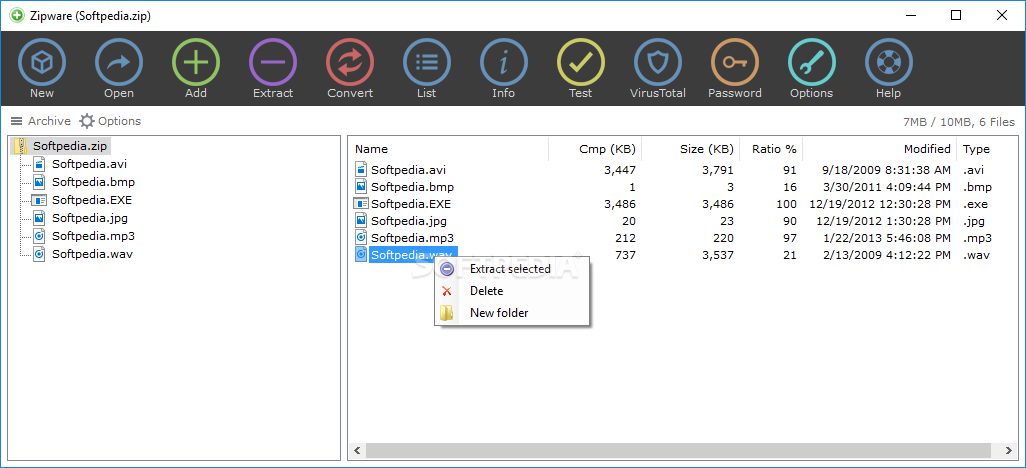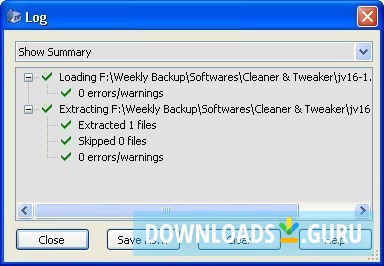

Update : In hwzip-1.3.zip, the minimum Lempel–Ziv back reference length was increased from three to four bytes, and the hash was changed from a three-byte rolling hash to a four-byte multiplicative hash. It also ensures that Deflate blocks always emit at least two non-zero dist codeword lengths, for compatibility with old zlib versions. Update : In hwzip-1.4.zip, the distance2dist table was split into two smaller tables, reducing the binary size by 32 KB.


Update : I wrote a follow-up article about the legacy Zip compression methods: Shrink, Reduce, and Implode. Those bugs have been fixed in hwzip-2.1.zip. In the process he found an overflow bug in the compression ratio computation in zip_callback() and some incorrect uses of the CHECK macro in the unit tests. Update : Hadrien Dorio ported hwzip to the Zig programming language. Who provided valuable feedback on draft versions of this material. If you find any issues, please let me know. I have done my best to provide a bug-free implementation. The source code is available in hwzip-2.1.zip. It tells some of the history, and provides a reasonably efficient example implementation written from scratch in C.
PKWARE ZIPREADER ZIP FILE
This article explains how the Zip file format and its compression scheme work in great detail: LZ77 compression, Huffman coding, Deflate and all. Hopefully it is interesting to read about too. The implementation turned into an exciting programming exercise there is great pleasure to be had from creating a well oiled machine that takes data apart, jumbles its bits into a more efficient representation, and puts it all back together again. At some point I decided to address that by learning how it works and writing my own Zip program. I have been curious about data compression and the Zip file format in particular for a long time.


 0 kommentar(er)
0 kommentar(er)
